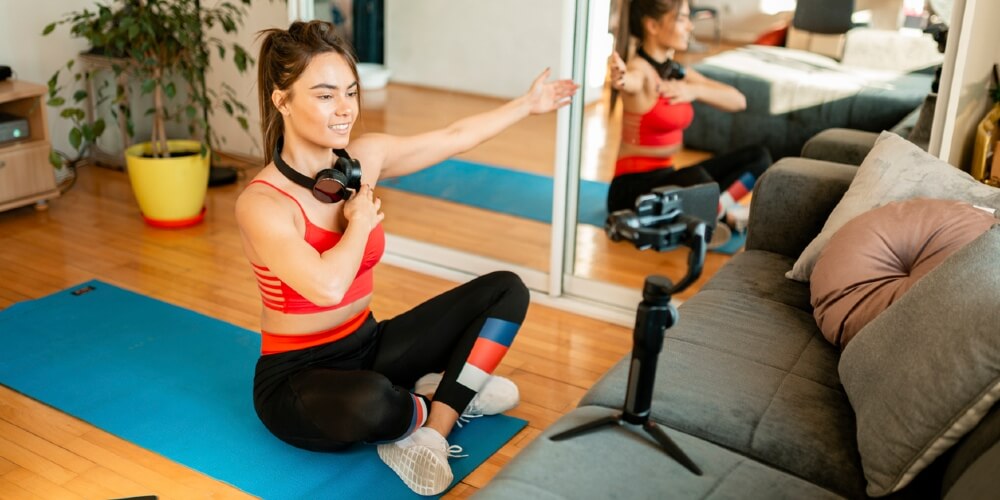In a few short weeks, the world seems to have been turned on its head because of COVID-19. Everyone — consumers, agencies, brands, influencers — is being affected in some way, and most brands feel it’s necessary to pivot their marketing strategy to avoid sounding tone deaf. But how do you decide how to pivot when a crisis of this size is unprecedented?
Alison Kimble Charles, senior director of product marketing at CLEVER has spent nearly a decade working with influencers and well-known, national and international brands. While she, like the rest of us, has never faced a crisis of this magnitude before, her experience with influencer marketing, her belief in influencers’ inherent worth and her passion for helping brands live out their values gives her valuable insight during a time like this. So sit back (at home, please) and hit play to find out the do’s and don’ts of influencer marketing during a crisis.
Key Takeaways:
- Now more than ever, people are desperate for that connection and have no choice but to find it online.
- Influencers, themselves, are small businesses, and they should be able to continue to do their work and support themselves from home and create content their audience loves.
- Now isn’t the time to be advertising your product differentiation. Now is the time to be focusing on living out your brand values.
- The ROI that matters is not making a sale today — it’s about creating life-long customers.
Interview with CLEVER Influencer Marketing
Perlu: Hello, and welcome to the Perlu Podcast: Influencer Marketing Reimagined. In this episode, we will hear from Alison Kimble Charles, senior director of product marketing at CLEVER Influencer Marketing Agency. Founded in 2009, CLEVER has delivered more influencer programs to the world’s best companies than any other agency.
 They authored the go-to guide, Influencer Marketing For Dummies, and they’re most well known for their work on the extraordinary BatKid story. They specialize in mid-tier influencers. Some of the brands that they’ve worked with include Dove, Capital One, Chobani, CLIF Kid, Marie Kondo and California Closets. The agency prides itself on matching brands with hand-selected influencers and fully managing authentic and brand-safe influencer marketing programs. Drawing from nearly a decade of successful program data, CLEVER Influencer Marketing guarantees that brands reach millions of the right consumers and exceed their goals.
They authored the go-to guide, Influencer Marketing For Dummies, and they’re most well known for their work on the extraordinary BatKid story. They specialize in mid-tier influencers. Some of the brands that they’ve worked with include Dove, Capital One, Chobani, CLIF Kid, Marie Kondo and California Closets. The agency prides itself on matching brands with hand-selected influencers and fully managing authentic and brand-safe influencer marketing programs. Drawing from nearly a decade of successful program data, CLEVER Influencer Marketing guarantees that brands reach millions of the right consumers and exceed their goals.
Alison comes to the influencer marketing world with seven years of experience in marketing consulting, product marketing and campaign strategy. At CLEVER, Alison sets the strategic direction for the CLEVER suite of influencer marketing solutions, managing development, messaging, testing and launch. She champions the importance of aligning business goals, campaign strategy and metrics to deliver the maximum power of influencers for every CLEVER client.
I’m your host, Alexis Trammell. If you enjoy today’s episode, we hope you sign up for Perlu to learn more about how you can grow your influencer marketing career. Thank you so much for joining us today, Alison.
Alison Kimble Charles: Hi. Thanks for having me.
Could you tell us a little more about yourself and your role with the CLEVER Influencer Marketing team today?
Alison Kimble Charles: Yeah, absolutely. As you touched on, I come from a background dealing with the full marketing suite, not exclusively influencer. But in many ways, the principles are the same — you always want to start with the customer, right? Understand [the customer’s] needs and pull in all of the right tactics to combine into an overall campaign strategy to reach them with the right message at the right time in the way that they want to interact with your brand. Influencer marketing really appealed to me as an industry because it has a tremendous role to play in today’s world to reach out to consumers authentically.
It has what other formats have lost in terms of authenticity — the believability of a brand’s commercial or something they’re reporting about themselves. It really fills that gap with that friend-to-friend or word-of-mouth buzz that brands can’t achieve through other channels. At CLEVER, I help define what we sell, how we build programs, how we measure programs and what new technology and platforms we need to be incorporating to make sure they are bringing our clients the best of human and tech.
Perlu: Love that. That’s amazing.
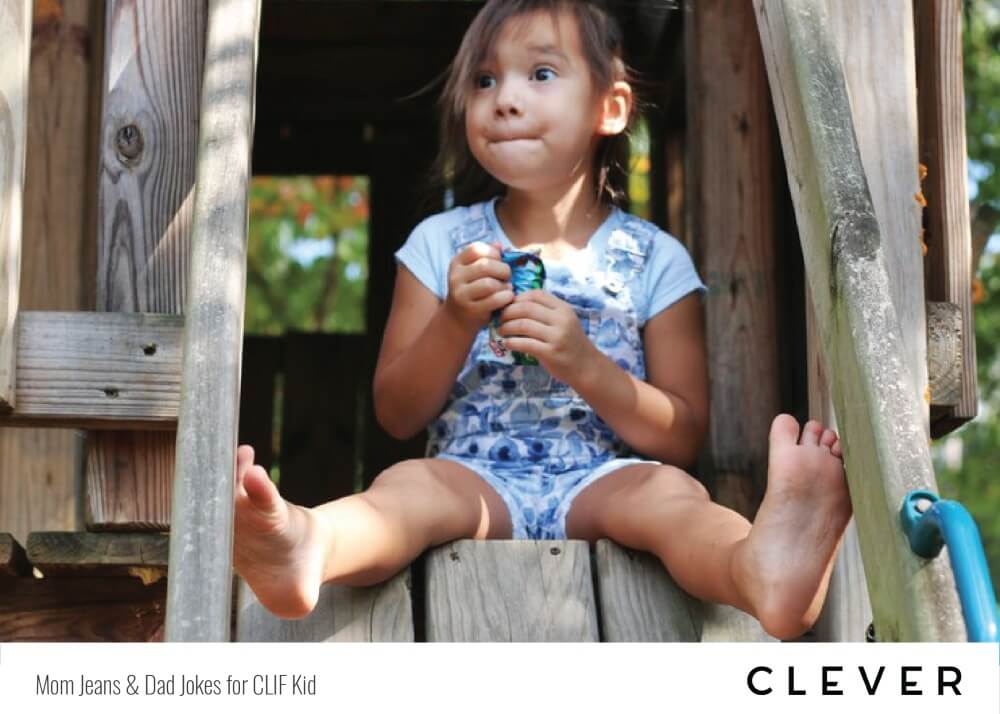
With the Coronavirus outbreaks happening all over the world right now, how are the roles of influencers changing?
Alison Kimble Charles: I’ve seen a lot of articles on this topic lately. I think there’s a lot of discussion about what is the role of an influencer in this new world. And I think there’s this perception sometimes that people use the internet to hide from other people — that they kind of withdraw from society and go online. But that’s not necessarily true. People use the internet and social media to feel connected and to feel like they have a community and find that community when they perhaps can’t find it in their immediate life.
Now more than ever, people are desperate for that connection and actually have no choice but to find it online. So social channels are seeing traffic like never before when even our real friends and family are separated from us. And influencers already live in that space. They connect us digitally. Even though we don’t know these people in real life, they serve as a trusted resource. Sometimes they’re a form of entertainment, sometimes they’re an advisor, sometimes they can even feel like a friend to people who follow someone for a long period of time. So more than ever, they have a role to play to connect people and fill that gap.
Social Distancing Brings Us Together
Connect with Influencers on Perlu
People are turning to influencers now for more content, because you normally expect a YouTube channel, for example, to upload weekly. Well, now that you’re at home looking for more content to consume, you would love it if that channel would upload biweekly, three times a week or even daily. So the role of influencers is only increasing in this new space.
However, there is a question I think on everyone’s minds: is it a good time to be advertising? Or as an influencer, partnering and posting ads?
I’ve seen a number of articles about celebrities being poorly received. I’ve seen influencers that I follow grappling with that question and whether or not it’s a good time to put ads in front of their audiences. I think overall, if you do it in the right way, the resounding answer is yes. We’ve seen influencers receiving a lot of support for continuing to do ads. They’re continuing to deliver the advice that their audience has turned to them for. And obviously there’s a way to do it that’s appropriate and real and connected to what’s happening now. And there’s a way to do that that could really turn people off.
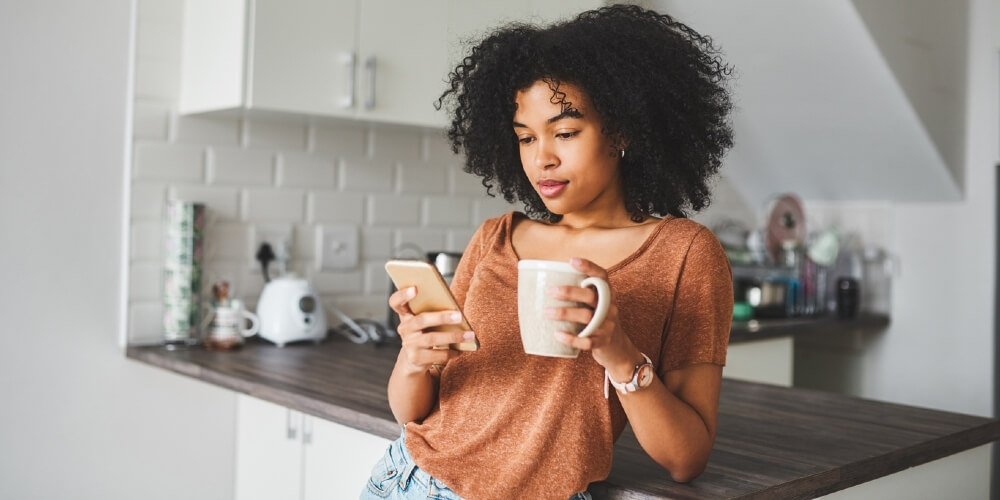
Influencers, themselves, are small businesses, and it is a worthy cause for them to continue to do their good work and support themselves from home and be able to create content that their audience loves. So there’s really no reason to slow down on that, and our perspective is that when supporting the economy and supporting small businesses, brands should keep supporting influencers and influencers should keep working and feel good about that. Their work is something that they can do to support themselves during this time period.
Perlu: That makes so much sense. Everyone’s recognizing that small businesses are hurting. And if you’re able to look at an influencer as running a small business, it does make sense for them to keep running these ads because this is their livelihood. But you mentioned earlier that if they’re going to be promoting brands or if a brand is going to be running ads right now, you have to do it the right way.
What would you say the right way to advertise would look like?
Alison Kimble Charles: I think that it’s really important now more than ever to be real. When people try to ignore what’s going on, it immediately strikes everyone the wrong way. Everybody in every walk of life is thinking about what’s happening worldwide, and to try to ignore it or use the marketing plan that you had two months ago would be a mistake. It may not be completely inappropriate, but there’s probably a better message. If you’re not adjusting your strategy, there’s probably a better message that could go out right now. First, I would say be real.
I would also say be appropriate. Don’t encourage anyone to do anything that doesn’t make sense in the current environment like go to the store to pick up something non-essential. Now isn’t the time to be promoting calls to action that aren’t creating safe behavior.
There’s a lot of do’s and don’ts, and we can go through more of those, but in terms of what you should do, be helpful. Think about what people need right now. People need education. People need games at home. They need entertainment, recipes and house projects and ways they can repurpose things when they can’t necessarily go out and buy whatever they want.
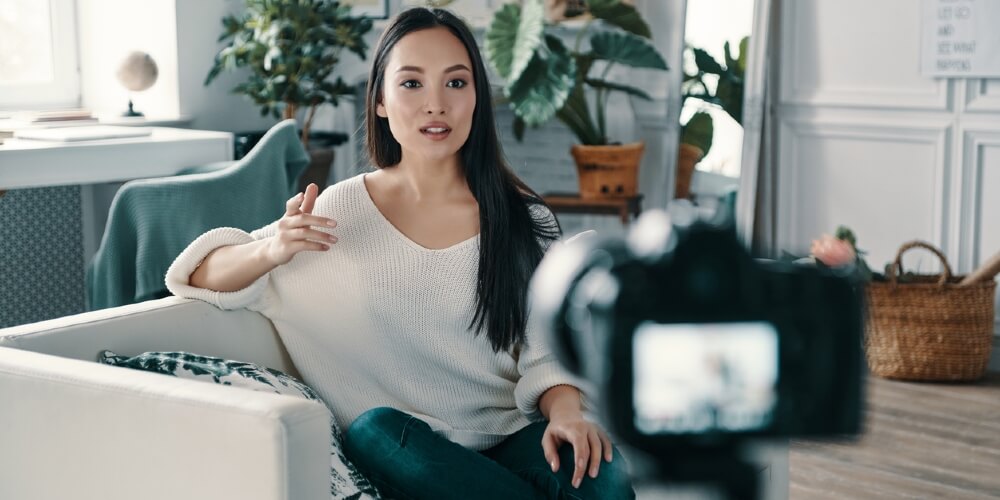
People in general also want to find a way to help. Brands that provide people an opportunity to be a hero, an opportunity to step up and contribute in their community, will also be seen as heroes and will make people feel good and encourage brand affinity in a way that has nothing to do with products.
Perlu: I love that you said “be helpful.” Because honestly, isn’t that all a brand is supposed to be anyway? It stinks when you were putting all of this time, effort and resources into this marketing plan, but the whole marketing plan and the whole business was built to help people in one way or another, right? If you’re selling a product or a service, it wouldn’t exist if it weren’t helping people. I feel like right now you should just be staying in tune with, “What do consumers actually need help with at this moment?” And it just isn’t what it was two months ago.
Alison Kimble Charles: Absolutely. I think a point I also want to make there is that what used to be helpful for brands is often focusing on product differentiators. Like, we have the cheesiest cheese. Or the fastest connection. Or the most efficient XYZ. You’ve got your product messages that are really what you’re typically talking about. Ads might include comparisons. Ads might include, “We are the best of the options.” They’re really talking about the product itself.
But right now people don’t care what brand of toilet paper they have. They just care that they have toilet paper. They don’t care what brand of cheese they have left in their refrigerator, they just want a recipe that’ll get the kids to eat the vegetables that they have remaining in that refrigerator with whatever cheese they have.
The Typical Campaign Just Won’t Work This Time
Read 6 Ways to Navigate Influencer Marketing During a Crisis
So right now, what’s useful isn’t product differentiation. That can actually feel very contrived to suggest that someone needs to not use what they have and go buy a different product. That isn’t recommending the safest behavior — the most essential behavior. It isn’t resonating with people right now.
What’s really helpful is to focus on what the company’s values are — moving from a focus on product to a focus on values. Start thinking about how this company is positioned to support people’s lives and make that the guiding light for marketing and influencer strategy and messages. Making that kind of shift is how brands can help now.
Again, there are many different ways that a brand might embody their values. It could be philanthropic or it could just be purely comedic. It could just be giving people a break through entertaining content that walks the line of not being too flippant. It could be sponsoring recipes, regardless of whether or not the recipe requires your product.
Tillamook sponsoring cheesy dishes to get kids to eat vegetables is going to be meaningful, and it’s going to be more meaningful if they can also allow the influencers to recommend substitutions and say, “Use whatever cheese you have. I’m using Tillamook because they shipped it to me.” That’s the kind of value a brand can create that will create future brand preference. But right now, it isn’t really appropriate to be saying “you have to use this product at this time” because people don’t necessarily have access to all the goods they used to have access to.
Perlu: Right. Well put.
How can influencers help? How can brands best leverage influencers most effectively during a time like this?
Alison Kimble Charles: First I would say now is not the time to push pause on advertising. It just needs to be done in a different way. When brands support influencers, they’re supporting small businesses, and that message and that gratitude will be paid back ten-fold.
Now is the time when a brand could really create a customer for life — not by pushing their specific product, but by providing value to an influencer and to her audience members in a way that has much more to do with philanthropy, or sponsoring valuable content, or spreading education, or spreading goodwill.
Now is really the time to create those permanent brand advocacy relationships.
It is a great time to have other people talking about your brand. It is not a great time to be shouting from the rooftops how fabulous your brand is yourself.
And there is no better way than through influencers than by creating that organic goodwill and that conversation.
Ideally, a company is thinking about their workers. They’re thinking about their value in the world. They’re trying to live their brand values. Influencers can help spread that message.
Now’s the time for them to be doing good — doing philanthropy. Influencers can help spread that word about the good work those brands are doing as well as create content to continue that work and to create their own value with their audiences.
brands that perhaps are not as popular or well-served during this time period, things like luxury goods that aren’t going to be something that people need right now, it’s still the perfect time to live your brand values and to do that with influencers.
For example, I’m sure we’ve all heard about luxury brands that are shifting to making face masks. The luxury brands aren’t necessarily announcing it, like “Hey, we’re making face masks. Look at us, aren’t we so useful to the world at large?”
It’s really when other people are talking about that brand making face masks that the message takes on this heartwarming, feel-good, positive light. And brands can use influencers to spread the word, to create that goodwill, spread the messages of the good work they’re doing and extend the good work to share great causes. Opportunities for donations, opportunities for good redistribution in a community, opportunities to pay forward goodwill.
For example, let’s say a brand did something where they send an influencer an item and the influencer gets to choose five friends to also receive it. Now is the time to give and support people, and influencers are experts at what their audiences are really looking for and what they need right now because they are so much like their audiences. There are definitely some things that come to mind that make sense in the current world.
Certainly recycling and reuse, like how to extend the life of household items.

Recipes, common substitutions and recipes, practical recipes, things you can make with limited ingredients, etc.
How to’s — there’s no better time for an audience at home to learn a new skill.
Education and parenting — how to entertain kids stuck at home, how to have fun with family.
Entertainment — things that are entertaining and fun. Not everything has to be serious. Nothing should ignore the current environment, but there’s still a lot of value in entertainment right now.
Then obviously, corporate philanthropy. Industries that are thriving should be doing good and influencers are a great way to spread the word about the good they’re doing. And if brands are engaging influencers around these things to create content, the content doesn’t have to be so much an ad for the brand. It doesn’t have to be promoting their products. It can just be this useful recycling and reuse blog post sponsored by a brand. And providing that value in people’s lives will ultimately showcase how that brand is living their brand values during this difficult time.
Perlu: Love everything you’re saying Alison. I think what’s standing out most to me is the fact that brands just need to be so helpful, and they need to really stick to their values right now. So I’m curious,
What are some of CLEVER Influencer Marketing’s top recommended do’s and don’ts for communication through influencers today?
Alison Kimble Charles: Yeah, absolutely. I think we’ve touched on a few. Additional things would be, think very carefully about the call to action. Don’t ask people to do anything irresponsible. If you’re talking about the future, “When this is all over, go check this out,” that’s different. But do think very carefully about what you’re actually asking people to do.
We have covered this one as well, but don’t ignore the current reality. Even the influencers who I see posting entertaining content often will have a disclaimer or an aspect of that post that says, “I know things are hard right now, I hope this brightens your day,” and makes that intent clear upfront versus just pretending that this isn’t happening.
I mentioned as well, now isn’t the time to flash luxury. And that goes for brands as well as influencers. Some influencers do have channels that are all about living an aspirational lifestyle — more like that celebrity life — and a lot of luxury categories and non-essential goods are going way down on people’s priorities for spending.
Again, that doesn’t mean that there’s no place for those brands in influencer marketing. It’s actually the perfect time for those brands to really live their brand values. It’s just not the time to be showcasing a luxury lifestyle; it’s the time for those luxury brands to be making face masks and showing that they have a heart and that they have a place in society that goes far beyond whether or not you’re buying that handbag or that piece of jewelry.
So influencers can really evangelize the good work brands are doing and create content around that message if it is more of a luxury or a non-essential good that needs to be marketed.
Now is the time to spread feel-good messages. When you think about the last time you shared something and what the types of things influencers like to share are, it’s something that makes you feel something. It makes you feel happy, or makes you laugh, or is heartwarming. I mean, how many times do people share videos of soldiers greeting their dogs after returning?
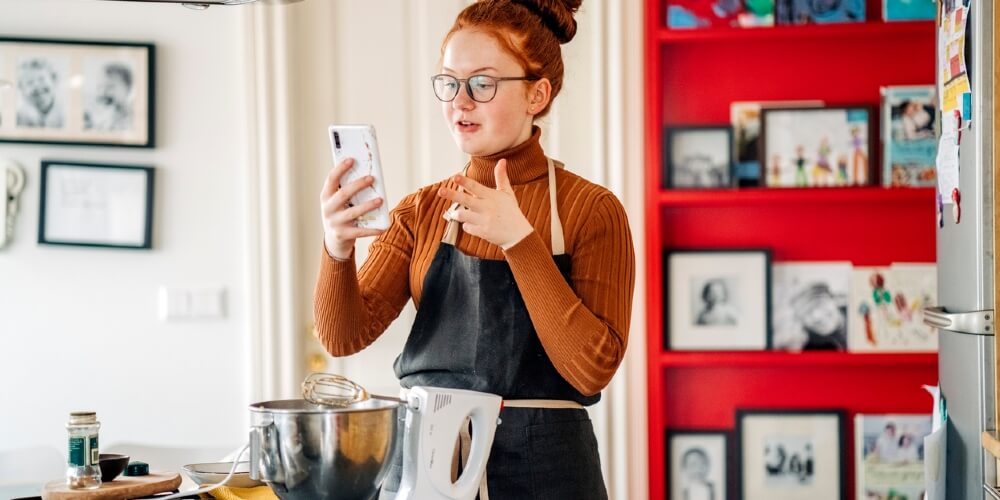
The content that resonates is the content that makes people feel. And it doesn’t have to be all heartwarming and sappy. Certainly I think we’ve all seen enough sappy car commercials that just feel a little bit disconnected from the product itself. But influencers know how to be authentic. So now is the perfect time to trust influencers to be the authentic voice of a brand versus having a brand talk about themselves and seem a little disconnected from the reality for people in their day-to-day lives.
Perlu: Love that clever marketing strategy advice. So you work at an agency that works with brands that utilizes influencer marketing to make sure they’re staying afloat during this crisis. As businesses try to stay afloat during this time, regardless of the industry that they’re in,
How should brands be looking at ROI differently right now?
I mean all of this feel-good stuff and the not shouting from the rooftops how great your brand is makes so much sense, but how does that look to the bottom line of a brand?
Alison Kimble Charles: Yeah. I think that it’s really important to acknowledge right now that now isn’t the time that people are going to run out and buy. Now isn’t the time for spending on non-essential goods. Now isn’t the time for going into the store, and it’s going to be a tight time for a lot of families. But if you can see in the sentiment of the comments that you’re getting on your influencer posts, that people are responding with, “That was so helpful. This is so valuable. I love this,” and that they’re seeing your brand name attached to that content, that’s positive brand sentiment that ultimately could be so much more powerful than just getting clicks on a call to action at this time and getting a purchase today.
I think really focusing in terms of brand sentiment as ROI is really important. For some brands who in the past have had very good reputations, a single slip up or report on workers not being treated well in this timeframe can be really damaging.
Big brands that have big reputations are being very cautious at a time like this and really not doing much in terms of advertising.
The more mid-market brands and small challenger brands are going out with some more boldness because they really want to establish their name and establish it in a positive way. So I think paying careful attention to brand sentiment, doing social listening, looking at comments, looking at the conversation around a brand and specifically on influencer, looking at the organic conversation that comes from influencer marketing and looking at that before, during, and after your influencer campaigns is important.
Engagement is always a great sign as well — resonance like likes, comments, things that show people are engaged and appreciating the content, things that show people are sharing the content — that’s the kind of indicator you want to see right now, that people are responding positively. And if you’re not seeing that, it’s a safe bet that perhaps you’ve missed the mark with the message and you need to go back to the drawing board. Because obviously, the worst-case-scenario is entering into a non-brand safe territory where you’re actually creating negative sentiment at a time like this.
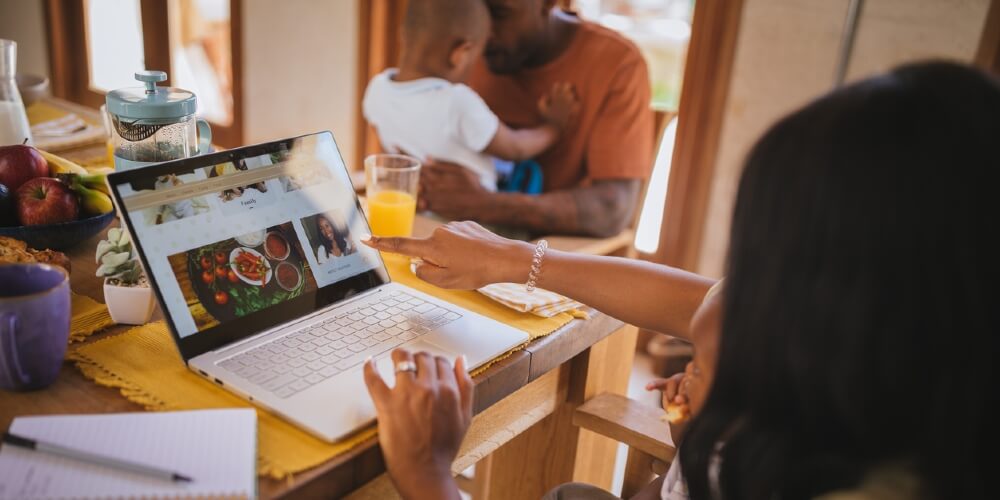
Again, people aren’t necessarily going to be going straight to the cart to purchase. But when you can create those relationships that last for life, when you can create those experiences that people remember, that’s going to carry over to the next time they’re in store. Those positive brand experiences today, although they won’t necessarily lead to an immediate purchase, are going to matter in six months when hopefully the world goes back to something a lot more normal. You’ve made that impact on someone and get that kind of comment that says like, “Wow, I never thought of this. This is a lifesaver,” on the content you created through an influencer. That’s going to make more meaningful brand experience than even someone just clicking to buy at that moment.
Getting fans for life is more important than just getting a single purchase today.
Perlu: Right. You’re playing the long game here. Well, Alison,
Does CLEVER Influencer Marketing have any more influencer marketing advice for brands being so strongly impacted at this time?
Alison Kimble Charles: Yeah. I think this is a huge moment for certain types of brands. There’s definitely brands that are being impacted in different ways depending on the vertical. This is a huge moment for food, entertainment, household products, education, technology, things that people need to interact with at home, and there are so many opportunities for those brands to get creative and provide people with value.
There are some types of verticals that are struggling to find their voice or may have to do more work to find an organic fit in today’s conversation with everyone’s staying at home. I really encourage those brands to work with influencers and try to take the influencers’ advice. There’s a place for interviewing influencers as consumers and having those conversations with them because they are your consumers. Influencer marketing works because people see in influencers’ lifestyles what they themselves also share or want to emulate. And they turn to influencers as guides because they’re like super consumers. They’re like consumers who know what other people want. They’re effective marketers and content creators in their own right and they’re very close to their own audiences. Often they’re looking at all the comments, they’re responding, they know who’s in their follower groups. So asking influencers directly for creative concepts is one way to find your position.
Unsure of How to Change Up Your Marketing Amid COVID-19?
Talk to Our Advisors, Expert Influencers in Their Niches
Think about how to live your brand values, even if it’s not about your specific products at this time. And obviously, if you do work with an agency partner, turn to them and ask for strategic guidance on how to continue to advertise during this time. Because it’s not the time to be stagnant. It’s really a time for brands to create a name for themselves and build that goodwill, because no one knows how long the situation is going to develop. It’s really an opportunity for brands to find a new foothold in online communities as the world continues to change.
Perlu: Very well put.
Then what about influencers? Does CLEVER marketing have any advice for the influencers today that are working with brands and trying to be most helpful for their audiences right now?
Alison Kimble Charles: As I mentioned, influencers are experts in their own audiences. Continue to be authentic and continue to be real — that’s why influencer works. Don’t lose sight of the fact that your audience members understand that you’re a person too, and showing vulnerability, showing the struggle you’re having at home, that’s obviously what makes people flock to influencers.
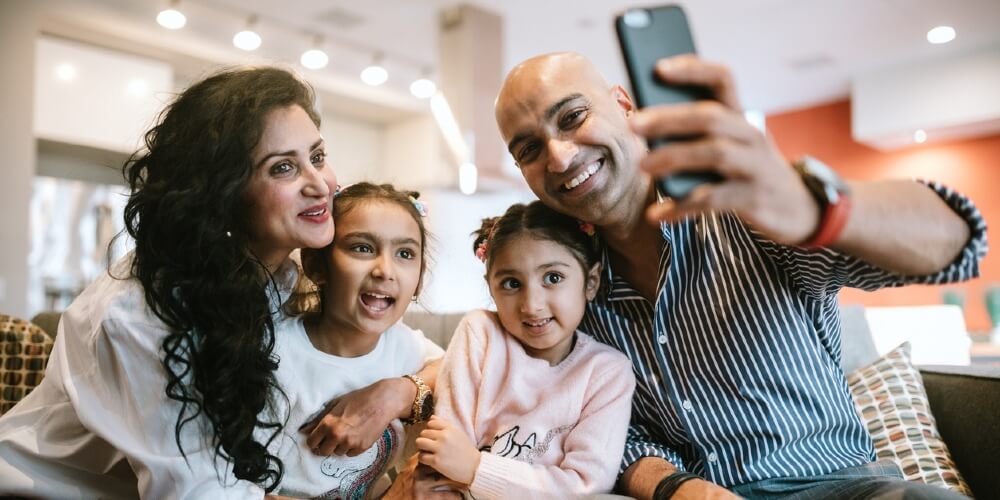
Again, don’t stop ads because you yourself are a small business. You yourself have possibly a family to feed and a livelihood to maintain, and if being an influencer wasn’t full time for you before, it certainly is an important contributor now. Own your value, own the fact that you have a voice and you can continue to provide value to people during this time period.
That’s what influencers do. Influencers provide value. They provide value and people want to listen to them by choice. It’s not like a banner ad where it has to pop up in your face and you want to close it as soon as possible. People follow influencers because they want to hear what they have to say.
So now more than ever, use that voice to help your audiences.
Guide brands. Don’t embody a brand message that you yourself don’t believe in, but guide the brands who want to work with you toward what would be helpful for your audience. And you’ll be helping the brand and your audience and yourself, and it will be the best possible use of this channel at this time.
Perlu: I’m sure that a lot of influencers are wondering right now, “What about pricing?”
Should they be adjusting their prices? Or are you noticing price adjustments for working with influencers today depending on demand for the industry, the brand, or the content, or anything like that? Are we seeing some shifts there?
Alison Kimble Charles: I think that we at CLEVER have always understood the importance of paying influencers for their work. Influencers put a tremendous amount of time into content creation and building their audience over time.
If I can do something for you in 30 minutes, you’re not paying me for the 30 minutes it took me to do that; you’re paying me the 10 years it took me to master it.
We’re big believers in the fact that influencers should be paid for their work and compensated for that. And especially during this time period, it shouldn’t change.
We are pricing the same way we have always priced in terms of how we pay influencers. I have heard of some platforms taking the approach that, “Well, influencers might be a little more desperate for work right now. They may not have as many opportunities in their typical job to make ends meet, so you can pay them less.” And I don’t respect that approach and we haven’t taken that approach at all.
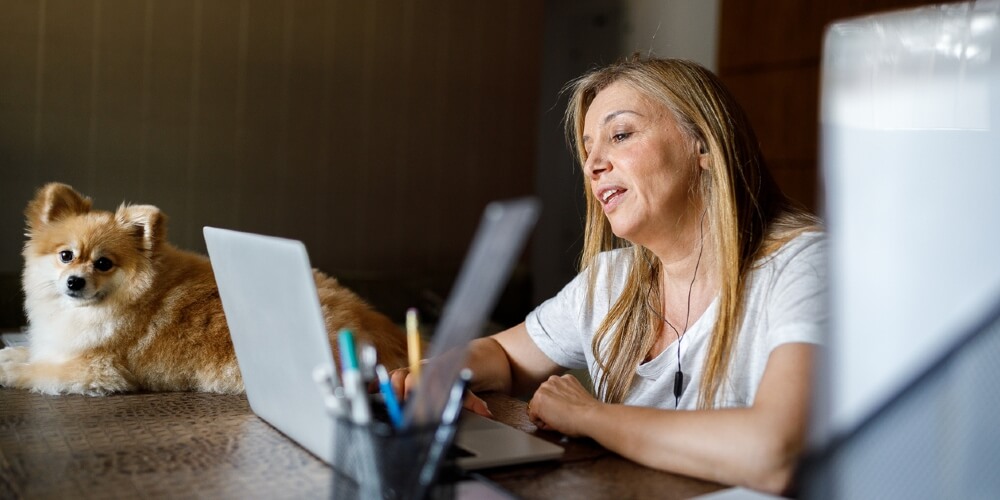
On the other hand, I suppose you could look at it as if brands are now taking all of their event budgets and looking for ways to spend that in a digital format, be that ads or influencer. And typically I wouldn’t really think of that as a good reason for an influencer to raise prices because that’s probably just going to make them miss out on more opportunities. There are so many influencers out there; it’s a competitive industry. So in general, I would say pricing should remain pretty consistent. Charge what is fair for your work, and understand that brands are going to pay attention to pricing. But ultimately we always guide them toward, within a certain margin of reason, the best brand fit to tell their story. So focus on quality. Focus on producing quality content and charging a fair price for that work based on what’s normal in the market.
Perlu: Well, thank you so much, Alison. Love the advice you’re giving us. During a time like this, this is invaluable information. Thank you so much.
Alison Kimble Charles: Yeah, absolutely. It was great to be able to share some of these ideas. I hope they’re useful because that’s what we’re all trying to do right now. Provide value, right?
Perlu: Exactly. Well, thank you again, and thank you so much to everyone listening. We hope you really enjoyed hearing from Alison Kimble Charles at CLEVER Influencer Marketing. If you like our show and are interested in what it takes to succeed in influencer marketing, we hope you subscribe to our podcast at Apple Podcasts, Google Podcasts, Spotify, Stitcher, or wherever you listen to your podcasts.
Give us a five-star rating, and we’ll give you a virtual high five. You can check out our blog at blog.perlu.com for more podcasts and blog posts. And if you haven’t yet, don’t forget to sign up for Perlu at perlu.com to meet, mingle, connect, collaborate and grow your career. We hope you join us for our next installation of Perlu’s influencer marketing podcast: Influencer Marketing Reimagined.


